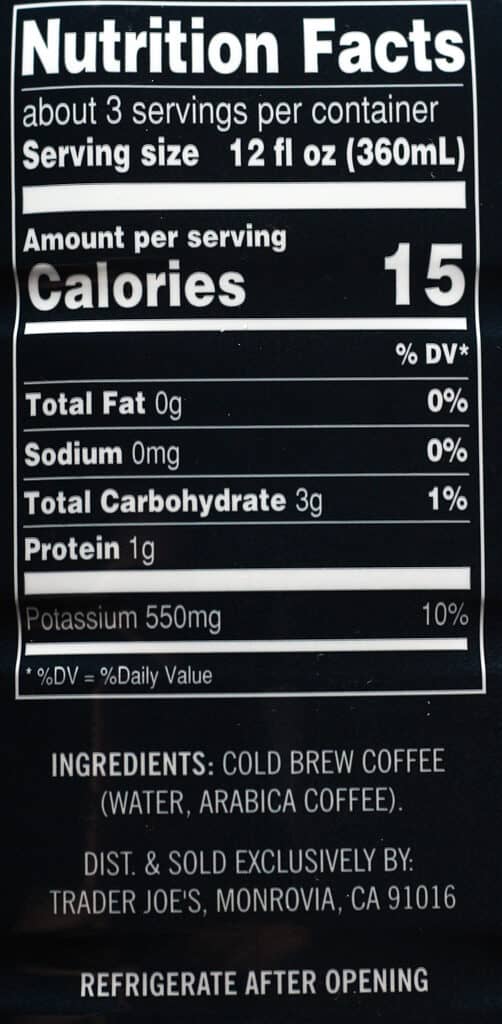

For your cup of joe, we recommend you stick to the average caffeine amount: 161 mg. Of course, this varies from drink to drink. Serving size - Ranges from 30 to 700 ml (1 to 24 oz) for one cup of coffee.Type of coffee - Caffeine content greatly varies between instant coffee, regularly brewed, decaf, espresso, and so on.Roast - Lighter roasts have higher caffeine content, while darker roasts have a richer flavor.The caffeine content also depends on more familiar factors, such as:


In the meantime, lower altitudes have more insects, resulting in more concentrated caffeine. The higher the altitude, the fewer insects. The level of caffeine is also affected by the altitude at which the plant is grown. Arnot discovered another little known caffeine fact. What Factors Affect Caffeine Content?ĭid you know? The flavor profile in a java cup depends on the type of coffee bean and its origin. So, here is everything you need to know about the amount of caffeine that should be in your brew. This is the highest percentage since 2012.Īt Nomad Coffee Club, we want to ensure you know the caffeine content in each type of coffee to make an informed decision about your intake. Not only is savoring a steaming cup of coffee soothing, but the caffeine will perk you right up!Ī National Coffee Association study from 2018 found that 64% of Americans have a cup of joe daily. If you’re like most Americans, you’re sipping from a travel mug on your way to work or stopping by the local Starbucks to refuel several times a day.


 0 kommentar(er)
0 kommentar(er)
